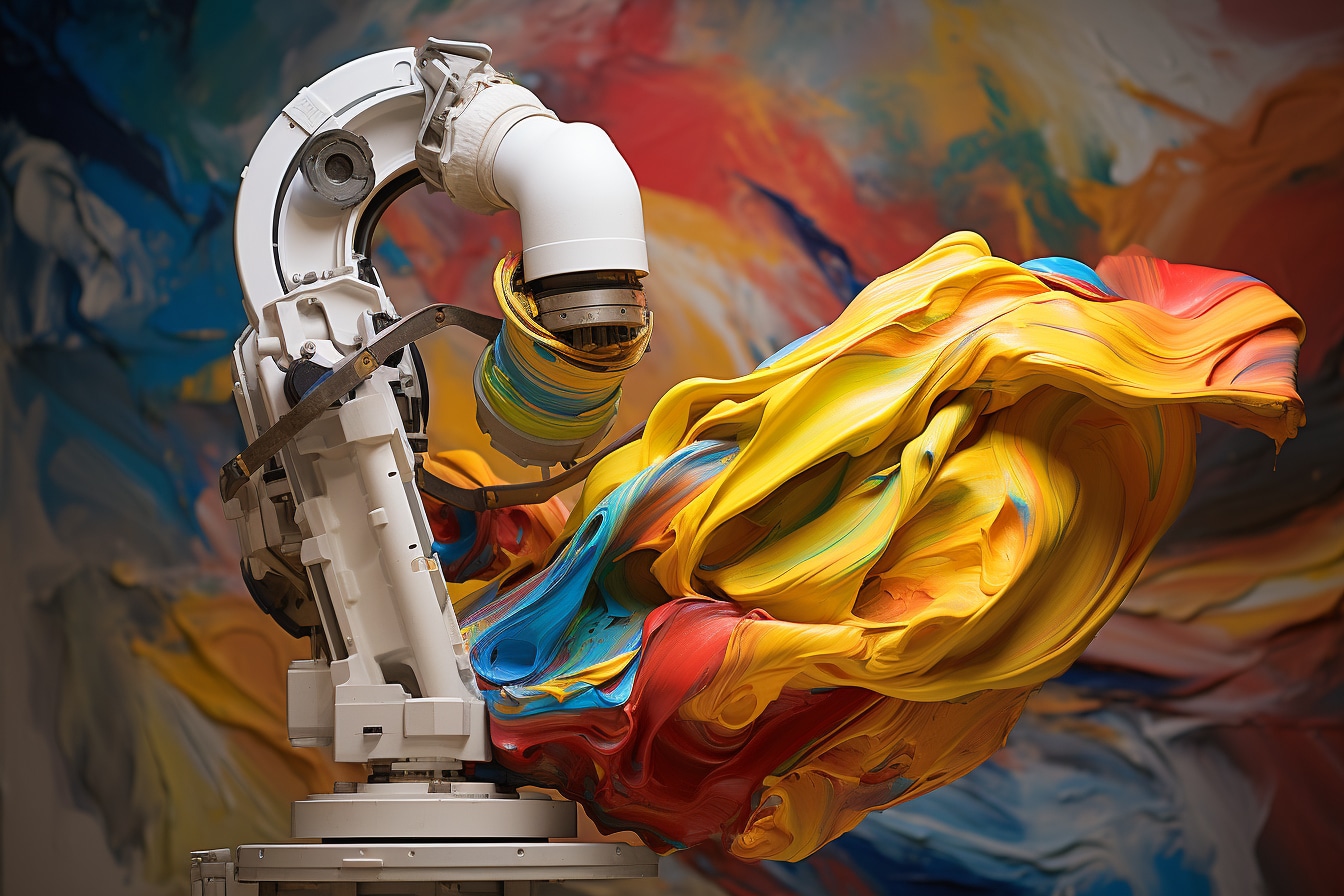Alphonse Karr, a novelist and journalist who straddled the 19th and 20th centuries, once said: “Ownership is a trap: what we think we own owns us.” Three centuries later, artificial intelligence has invaded our daily lives. This quote takes on its full meaning today. With just a few clicks, anyone can create written content, photos, videos or music. The birth of these algorithmically-generated works raises a number of legal questions. Is AI a violation of rights? What repercussions does the integration of progress into creation have, legally speaking?
Definition of intellectual property
Before getting to the heart of the matter, it’s worth focusing on the definition of intellectual property. The heart of the matter lies here. Who owns a work? Whether it comes out of a head or a computer, who enjoys the fame of the invention?
The INPI (Institut National de la Propriété Industrielle) gives a clear and concise definition. The French Intellectual Property Code tells us that article L111-1 was drafted to combat counterfeiting or plagiarism. It protects the author by granting him/her benefits derived from his/her work. Two categories can be distinguished in this article. And, for each, rights are extended to neighboring rights.
Industrial property rights
These are acquired by registering a patent, trademark, model or design. These grant a monopoly on the exploitation of the work.
Copyright
These cover art-related creations such as books, films, songs and so on. They are obtained de facto by creating the work. However, rights do not protect ideas or concepts. SACEM takes care of that.
So, what about creating a work with an AI?
What is artificial intelligence?
Now that we’ve defined intellectual property, we need to define artificial intelligence. This notion is not so recent. However, it has recently entered our everyday language.
The aim of this computer technology is to have a machine capable of performing tasks requiring human intelligence. The ultimate goal is to develop systems that can perceive an environment. Once this recognition phase is complete, the AI reasons about the information it receives and draws conclusions. Based on this data, it will make autonomous decisions.
However, a distinction must be made between two classes: strong AI and weak AI.
The former is designed to reproduce human facility. It is designed to develop and increase its skills independently. Like a human, it develops according to the problems it solves.
The second, more basic, is designed to perform a specific task. Without wishing to make an exhaustive list, we can mention answering predefined questions, or playing chess.
While one may look like something out of a science-fiction film, trying to imitate our species, the other can also progress. They’re built to evolve.
The best-known artificial intelligences
Fiction has joined reality. And our society’s imagination is running riot. Software authors abound. There are AIs for writing content like Chat GPT d\’Open AI, certainly the best known and most debated on TV sets as well as in homes. Others, like Dall-E, allow you to create an image. Or more bizarrely, an application called Paradot shapes a character to chat with. L\’amour is also affected by the phenomenon!
In all this, if we exclude the more playful functions such as Paradot, who owns the copyright when creating a book, a photo, etc.?
Who is the author of a work assisted by artificial intelligence?
If for a musical or other invention, shaped entirely by the artist, property rights apply; in the case of a computer-assisted work, things get seriously complicated.
It’s all a question of terms and nuances in this question raised by creation through artificial intelligence. If the machine is used as a technical means, jurisprudence will undoubtedly recognize the designer’s copyright. But to what extent? In what field? It will be up to the courts to decide.
Who is the author of a work generated by artificial intelligence?
On the other hand, for an entire work generated by an AI, this is clear. French law defines “work” as the direct production of a human being without the intervention of a robot. But if an AI generates a painting, a text, etc. on its own, who will own the rights to it? Who will own the rights? The creator of the application?
The conclusion of this questioning is not yet written. A legal vacuum exists. So before using an image generated by artificial intelligence, it’s important to find out about the conditions of use, which set out the rules governing copyright.






